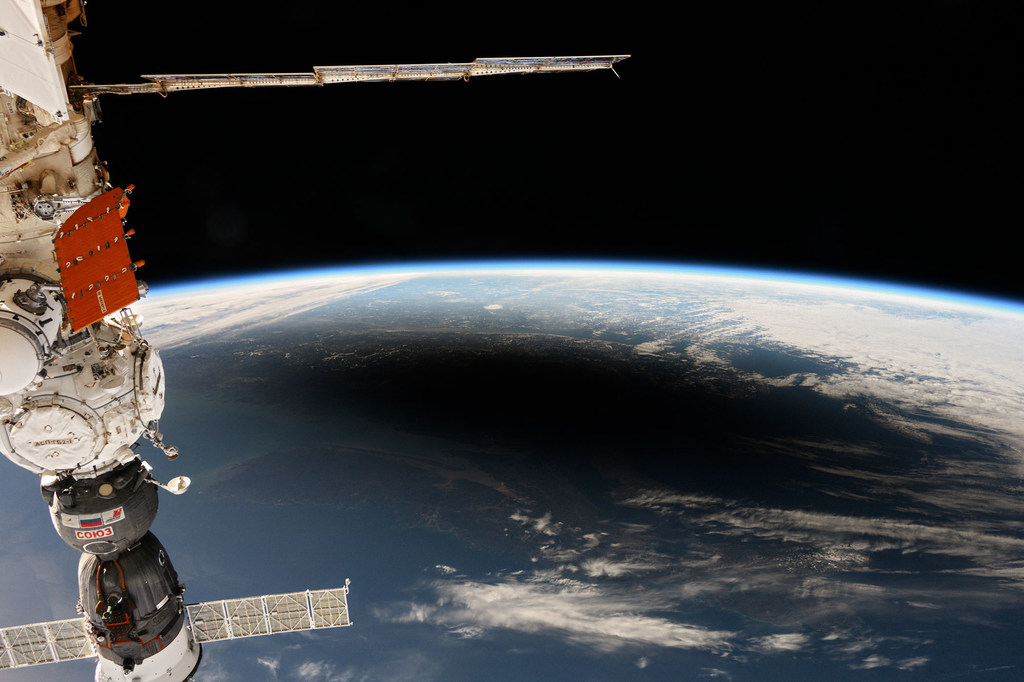Surely, you might think, we can just agree that one Earth time zone can be used for “Moon time”? Coordinated Universal Time (UTC), for example. How hard can it be? Unfortunately, this doesn’t work, for several reasons.
Here on Earth, timekeeping is easy to take for granted: we divide our world into 24 time zones, based on longitude and the planet’s rotation, and can tell the time based on the position of the Sun in the sky.
But on the Moon, the rules are different: one lunar “day” is approximately 29.5 Earth days long, and the Moon’s equatorial regions can experience up to 14 days of continuous sunlight. On some of the Moon’s tallest mountains, dubbed “peaks of eternal light,” the Sun never sets.
On top of that, physicists and science fiction fans will know that time isn’t the same on the Moon as it is on Earth. Place two perfectly synchronised clocks – one on Earth and one on the Moon – and, after just one Earth day, the lunar clock would be ahead by about 56 microseconds. That might not sound like much, but for spacecraft navigation, this tiny discrepancy could be critical.
Uniting efforts to standardize lunar time
For a Moon time zone to work, aspiring lunar actors will need to agree on a common time standard that is reliable, traceable to Earth-based time, and usable by everyone. UNOOSA is helping to lead the charge to make this a reality.
In 2024, the UN’s International Committee on Global Navigation Satellite Systems (ICG) established a dedicated working group to focus on lunar positioning, navigation and timing, standardise lunar time and trace it back to UTC that we use on Earth, for the benefit of all future lunar missions.
Peace on Earth, peace on Moon
Coordinating seamless timekeeping on the Moon is part of a broader UN mission to ensure that lunar activities, whether public, private, scientific, or commercial, are safe, peaceful and sustainable. To that end, UNOOSA convened the first United Nations Conference on Sustainable Lunar Activities in June 2024, gathering heads of space agencies, legal experts, astronauts, companies, and academics from across the globe to discuss common ground, share concerns, and reaffirm the need for transparent, inclusive lunar governance mechanisms.

View of Earth from the NASA Earth Observatory
One such mechanism to further international cooperation is the new Action Team on Lunar Activities Consultation (ATLAC), which is designed to help foster dialogue and formulate recommendations on how lunar exploration and activities can be coordinated internationally. ATLAC will work to finalize its workplan for the significant coming years and identify priority topics – such as coordinated lunar timekeeping – to ensure lunar activities proceed in a cooperative and orderly manner.
Humanity is entering a new era of lunar exploration featuring a record number of spacefaring nations and organizations that could reshape our relationship with our closest celestial neighbours for generations to come.
Member States will be able to work with UNOOSA to preserve the Moon as a domain of global cooperation, guided by the Outer Space Treaty’s core principle that “the exploration and use of outer space, including the Moon, shall be carried out for the benefit and in the interests of all countries.”

NASA astronaut Harrison Schmitt on the moon (file, 1972)





